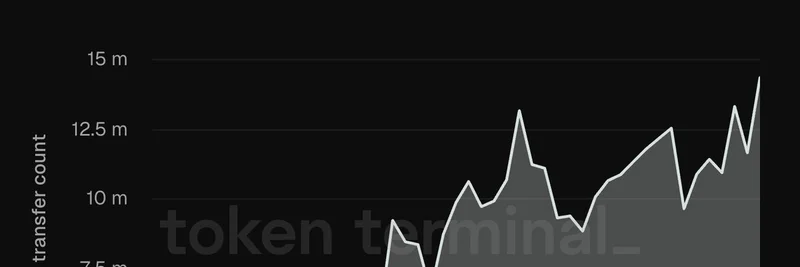Hey there, crypto enthusiasts! If you've been keeping an eye on the evolving world of blockchain and investments, you might have stumbled upon a thought-provoking tweet from @litocoen that's stirring up conversations about transparency in the space. The tweet reads: "the fact that no one knows how many shares outstanding these DAT’s have is just another strong argument for stock tokenization." Let's break this down and explore why this matters, especially in the context of meme tokens and broader blockchain adoption.
First off, what are DATs? Digital Asset Treasuries (DATs) are essentially companies designed to hoard as much of a specific cryptocurrency—often Ethereum (ETH)—as possible. They're inspired by the likes of MicroStrategy, which has been aggressively buying Bitcoin and using it as a core asset. DATs operate similarly but focus on altcoins like ETH. As explained in a related discussion, these entities issue equity to fund their crypto acquisitions, though they're not yet dipping into corporate debt due to limited capital and history.
The core issue highlighted in the tweet? Opacity around shares outstanding. In traditional finance, "shares outstanding" refers to the total number of shares a company has issued and are held by investors. For DATs, this info isn't always crystal clear or easily verifiable. Investors might have to rely on the team's word or dig through filings, which can breed distrust. And in crypto, where scams and rug pulls are all too common, transparency isn't just nice—it's essential.
This is where stock tokenization swoops in like a blockchain superhero. Tokenizing stocks means representing shares as digital tokens on a blockchain. Think of it as putting company ownership on-chain, where everything is immutable, auditable, and visible to anyone with a wallet address. No more guessing games; you could query the smart contract and see the exact supply of tokens (shares) in real-time. It's a game-changer for trust and efficiency.
Why does this resonate with the meme token community? Meme coins thrive on hype, community, and rapid value shifts, but they often suffer from the same transparency woes—hidden token supplies, unlocked liquidity, or shady team allocations. Applying tokenization principles here could mean on-chain governance for meme projects, where holders verify everything from total supply to treasury holdings. Imagine a meme token DAT that accumulates viral assets like DOGE or PEPE, with all shares tokenized for instant clarity. It could bridge traditional stocks and meme culture, making investments more accessible and less risky.
Looking at the bigger picture, this push aligns with innovations in chain abstraction, something @litocoen is deeply involved in through projects like Socket Protocol and Bungee Exchange. Chain abstraction simplifies cross-chain interactions, making tokenized assets easier to trade and manage across ecosystems. If DATs go tokenized, it could accelerate Ethereum's growth, especially with ETH ETFs already holding 5% of the supply and inflows spiking.
The tweet has sparked replies echoing the sentiment: one user noted that while some DATs are transparent, we shouldn't depend on teams for verification—blockchain can handle that. Another simply said, "tokenization fixes that." It's clear the community sees this as a step toward a more mature crypto market.
In summary, @litocoen's point underscores a pivotal shift: from opaque traditional structures to blockchain's open ledger. For meme token fans and blockchain practitioners, embracing stock tokenization isn't just about DATs—it's about building a knowledge base for safer, smarter plays in the wild world of crypto. Keep an eye on this space; the future of investments might just be fully on-chain. What do you think—ready to tokenize everything? Drop your thoughts below!

